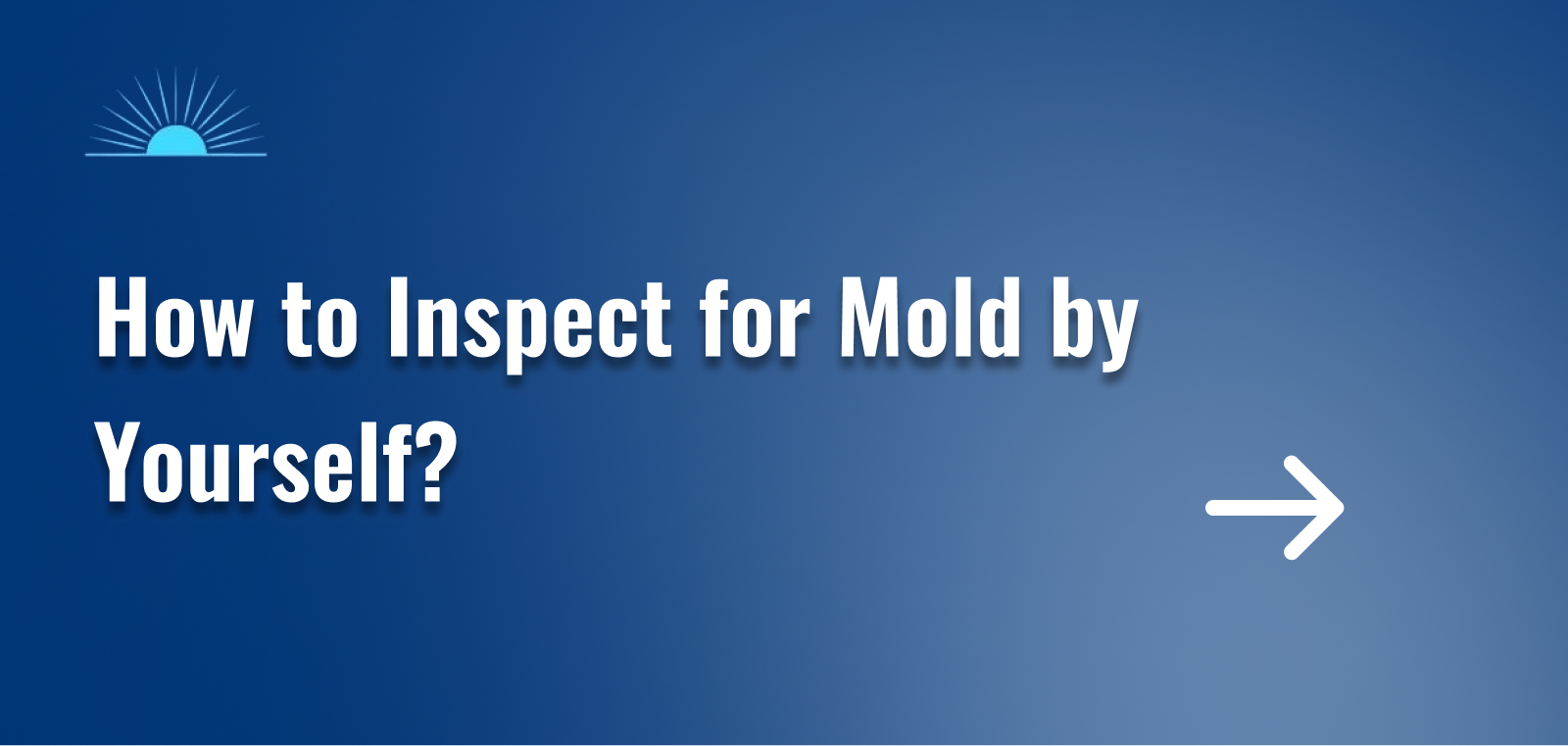Mold can be a serious issue in homes, causing health problems and structural damage if left unchecked. While professional inspections are recommended, you can also perform a preliminary inspection yourself. This guide will help you identify signs of mold and take the necessary steps to address it.
Why Inspect for Mold?
Mold thrives in damp, warm environments and can grow rapidly, often undetected. It can cause respiratory problems, allergies, and other health issues. Early detection is crucial to prevent mold from spreading and causing more significant problems.
Step-by-Step Guide to Inspecting for Mold
1. Understand Common Mold Locations
Mold typically grows in areas with high moisture levels. Common places to check include:
- Bathrooms: Check around sinks, showers, and tubs, particularly in grout lines and caulk.
- Kitchens: Look under sinks, around dishwashers, and in the refrigerator drip pan.
- Basements and Attics: Inspect for leaks, condensation, and poor ventilation.
- Windows and Doors: Examine the frames and sills for signs of water intrusion.
- HVAC Systems: Mold can grow in ducts, on filters, and around vents.
2. Look for Visible Signs of Mold
Mold often appears as black, green, white, or gray spots. It can also look fuzzy or slimy. Common visible signs include:
- Discolored Patches: Stains or discoloration on walls, ceilings, and floors.
- Peeling Paint or Wallpaper: Moisture behind walls can cause paint and wallpaper to peel or bubble.
- Water Stains: Brown or yellow stains on ceilings or walls indicate water damage, a potential breeding ground for mold.
3. Smell for Mold
Mold has a distinct musty odor. If you notice a persistent, unpleasant smell in certain areas of your home, it’s likely due to mold. Use your nose to guide you to the source.
4. Check for Moisture
Since mold requires moisture to grow, identifying sources of moisture is essential. Use a moisture meter to check:
- Walls and Ceilings: Measure moisture levels in drywall and plaster.
- Basements and Crawl Spaces: These areas are prone to dampness, so check thoroughly.
- Around Pipes and Fixtures: Look for leaks or condensation around plumbing fixtures.
5. Use Mold Testing Kits
Home mold testing kits can help you identify mold presence and types. Follow these steps:
- Collect Samples: Use swabs or tape to collect samples from suspected mold areas.
- Send to a Lab: Most kits include instructions for sending samples to a lab for analysis.
- Interpret Results: Review the lab report to understand the mold type and concentration.
6. Inspect Hidden Areas
Mold often hides behind walls, under floors, and in other concealed areas. To check these, you might need:
- Flashlight: To inspect dark corners and hidden areas.
- Screwdriver: Remove outlet covers and baseboards for a closer look.
- Mirror: To see behind appliances and furniture.
7. Document Your Findings
Take notes and photos of any mold you find. This documentation will be useful if you need to hire a professional for remediation.
When to Call a Professional?
While DIY inspections can be effective for initial detection, there are times when a professional is necessary:
- Large Areas of Mold: If mold covers more than 10 square feet, professional remediation is recommended.
- Persistent Health Issues: If household members experience ongoing respiratory problems, a thorough professional inspection is warranted.
- Structural Damage: If mold is causing or indicating significant structural damage, professional assessment and repair are essential.
Regular inspections and early detection are key to preventing mold problems in your home. By following these steps, you can identify potential mold issues and take action to address them.
At Gold Coast Inspectors, we offer fast and reliable mold inspection services in Ventura, California. Our professional team uses advanced techniques and equipment to ensure your home is mold-free and safe. Contact us today to schedule an inspection and protect your home and health.







